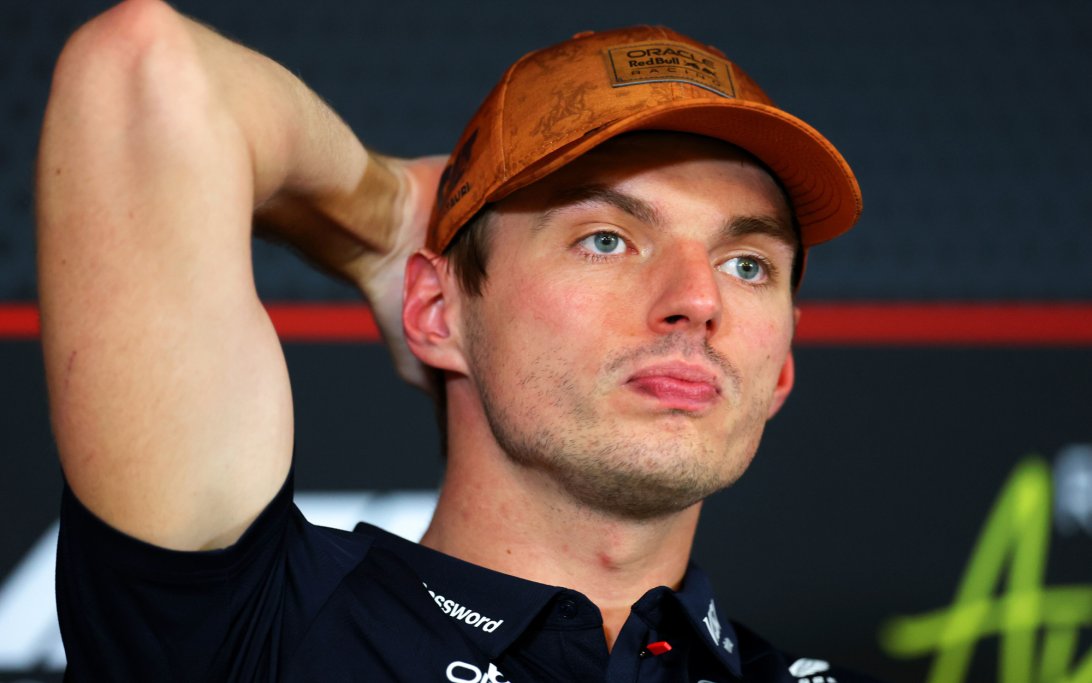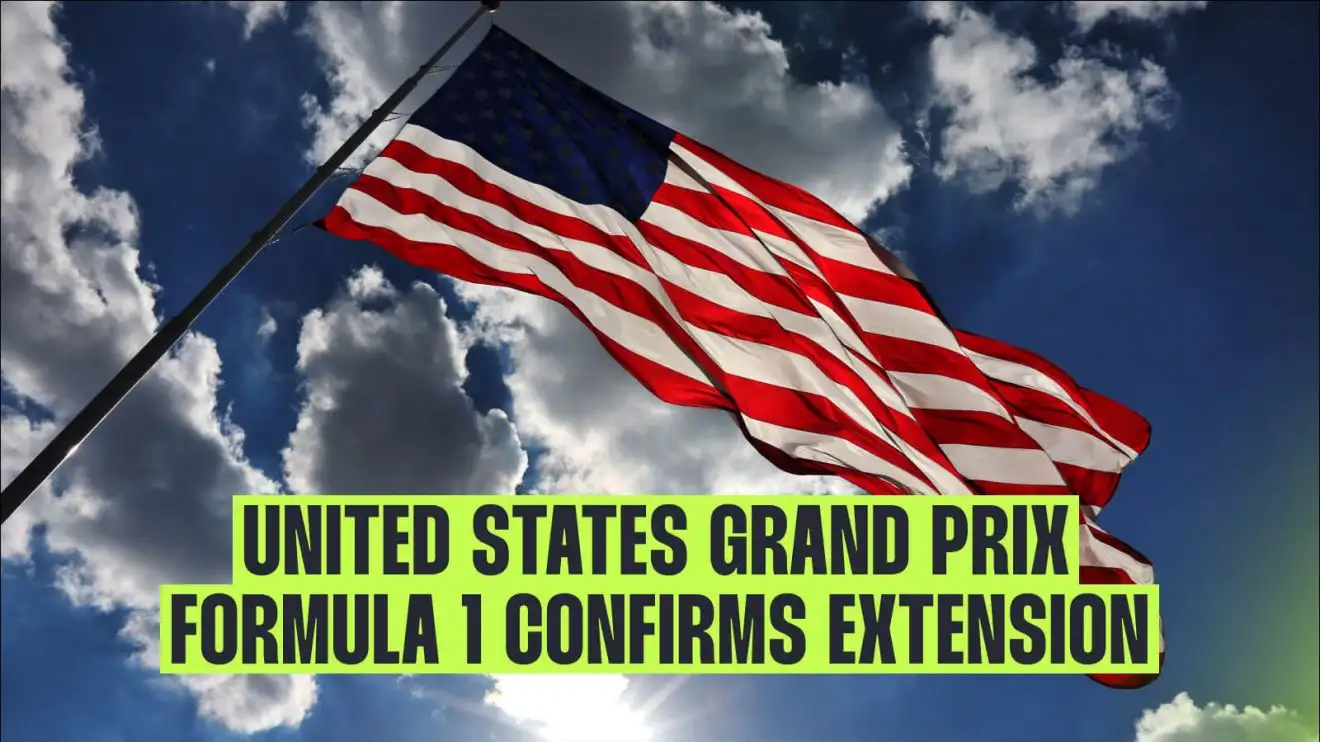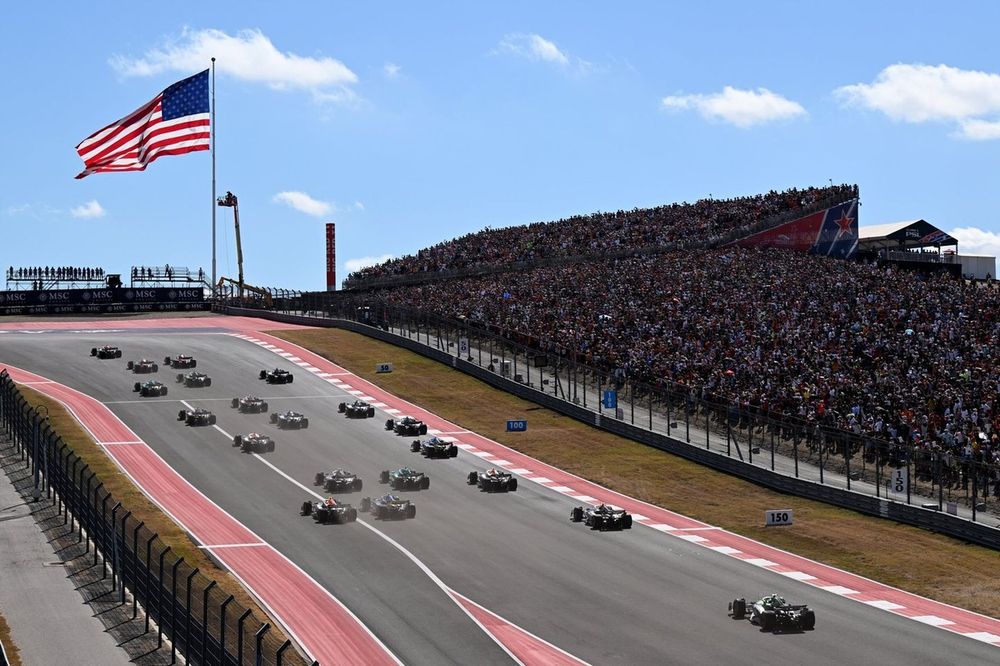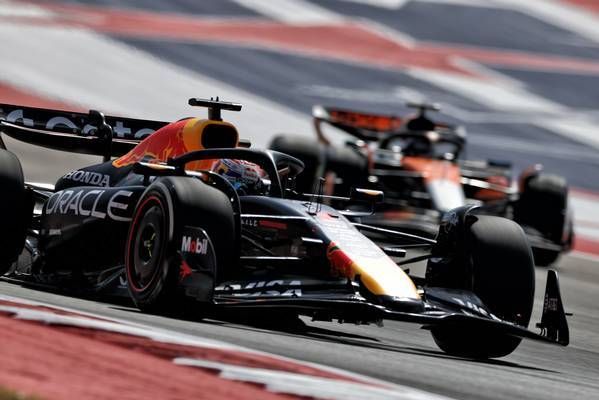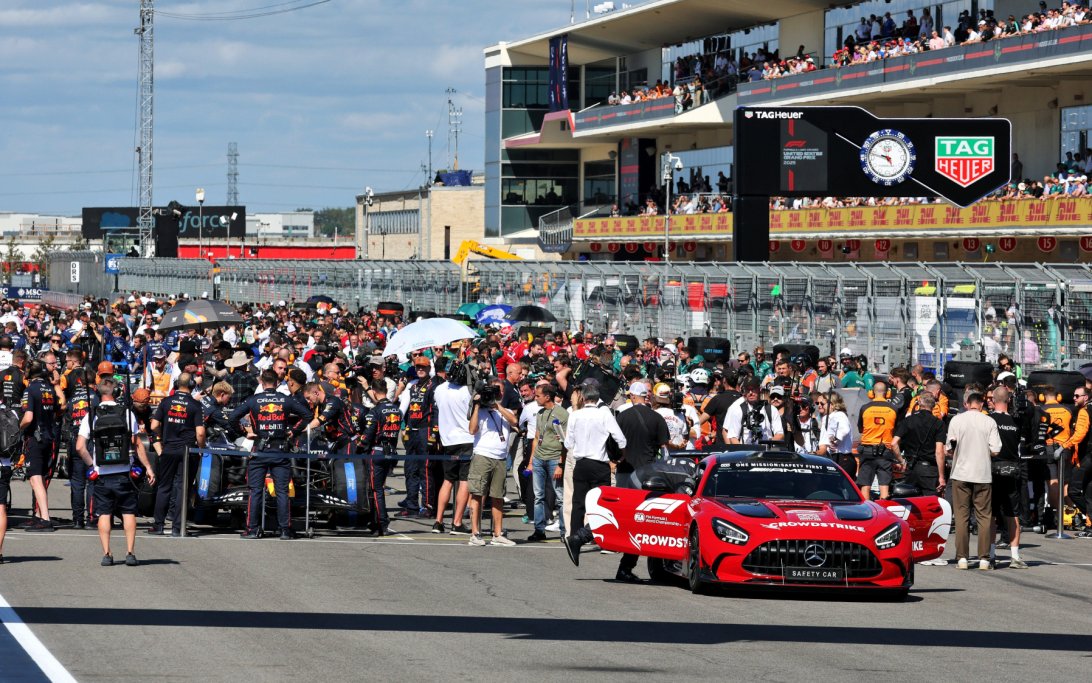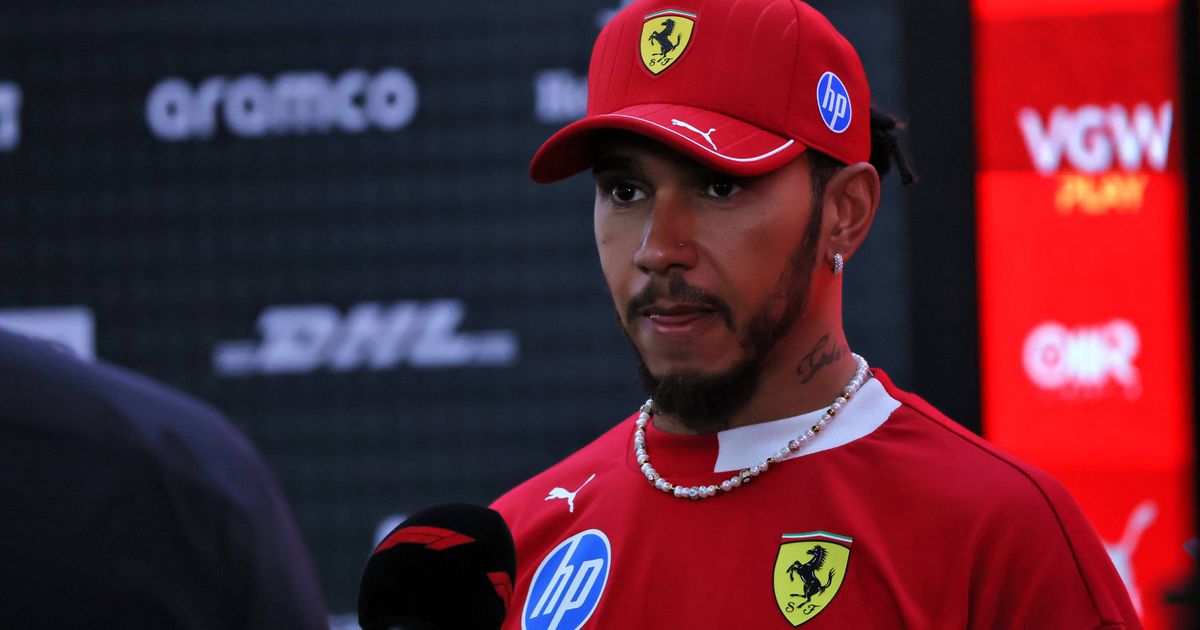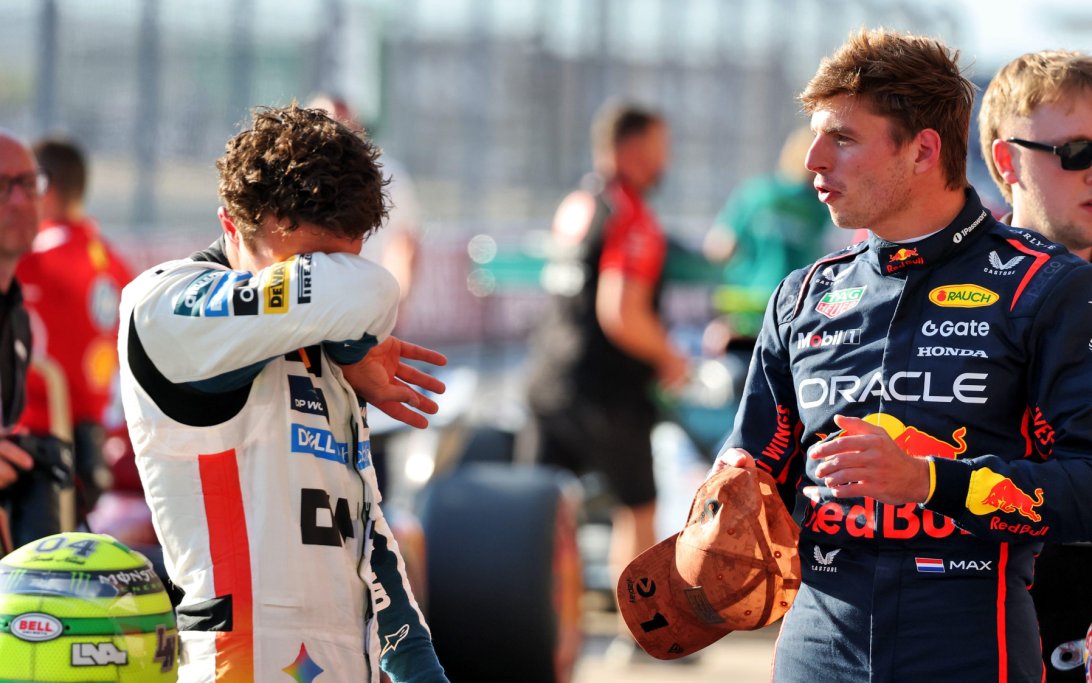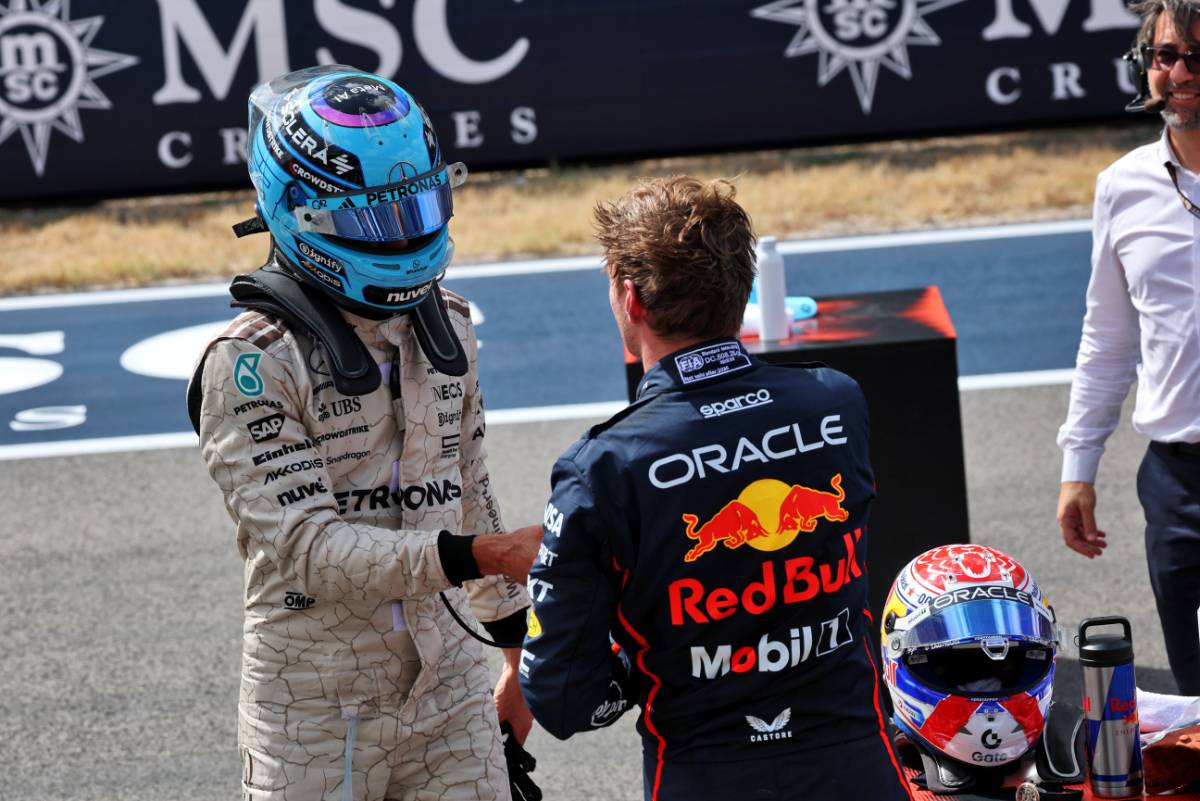
Russell Pinpoints Key Factor Behind Verstappen's COTA Qualifying Dominance
George Russell suggests that Red Bull's formidable qualifying speed at the US Grand Prix was due to the RB21's aerodynamic sweet spot at high speeds, rather than specific setup changes. While Red Bull faced inconsistencies earlier, Max Verstappen's pole lap showcased the car's exceptional downforce when running low to the ground.
Why it matters:
- Understanding the core strengths of top-tier cars like the RB21 is crucial for competitive analysis in F1.
- Russell's insights highlight a fundamental aerodynamic characteristic that gives Red Bull an edge in qualifying, particularly on high-speed circuits.
- This distinction between qualifying and race pace helps explain why Red Bull's dominance can sometimes appear less pronounced on Sundays.
The Details:
- Qualifying Advantage: Russell observed that Red Bull is "super strong in qualifying on high-speed tracks," citing poles at Silverstone, Suzuka, and COTA. This suggests a consistent aerodynamic advantage.
- Aerodynamic Sweet Spot: He believes the RB21 achieves "really good downforce when the car is really low to the ground," which is optimal in high-speed corners.
- Ground Effect Dynamics: During qualifying, with lighter cars and maximum commitment, the RB21's ability to maximize ground-effect aerodynamics – keeping the floor as close to the tarmac as legally possible – generates superior suction and grip.
Between the lines:
Russell's theory posits that Red Bull's car excels under peak aerodynamic load, which is more consistently achieved during qualifying's aggressive, low-fuel runs. This sweet spot, however, becomes less accessible in race conditions.
- Race Pace Convergence: In races, cornering speeds are slightly lower (around 20 km/h slower), causing the car's ride height to increase. This means the car is "not dropping off the cliff," and performance between teams "converges."
- Sprint Race Observation: Russell's experience in the Sprint race, where he was able to challenge Verstappen and even attempt an overtake, supports his theory that Red Bull's qualifying advantage diminishes in race trim.
- Tyre Management: The longer stints in the main race (55 laps compared to 10-11 in the Sprint) and rising track temperatures will introduce more variables, such as tyre degradation, which could further equalize the field.
What's next:
Russell is optimistic about Mercedes' podium chances at COTA, acknowledging the strong competition from other teams, particularly Oscar Piastri.
- Podium Push: "I hope we can fight for the podium," Russell stated, emphasizing the importance of managing tyres and navigating Turn 1.
- McLaren's Potential: Despite McLaren's limited Sprint data, Russell anticipates a strong performance from them in hot conditions and longer stints, underscoring the uncertainty of the full race dynamic.
- Complex Race Dynamics: The longer race distance and expected higher temperatures are predicted to create a more complex scenario where Verstappen's qualifying dominance may not guarantee an unchallenged victory.
Original Article :https://f1i.com/news/551197-russell-suggests-key-factor-behind-verstappens-cota-...


